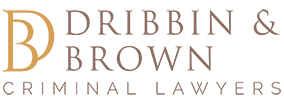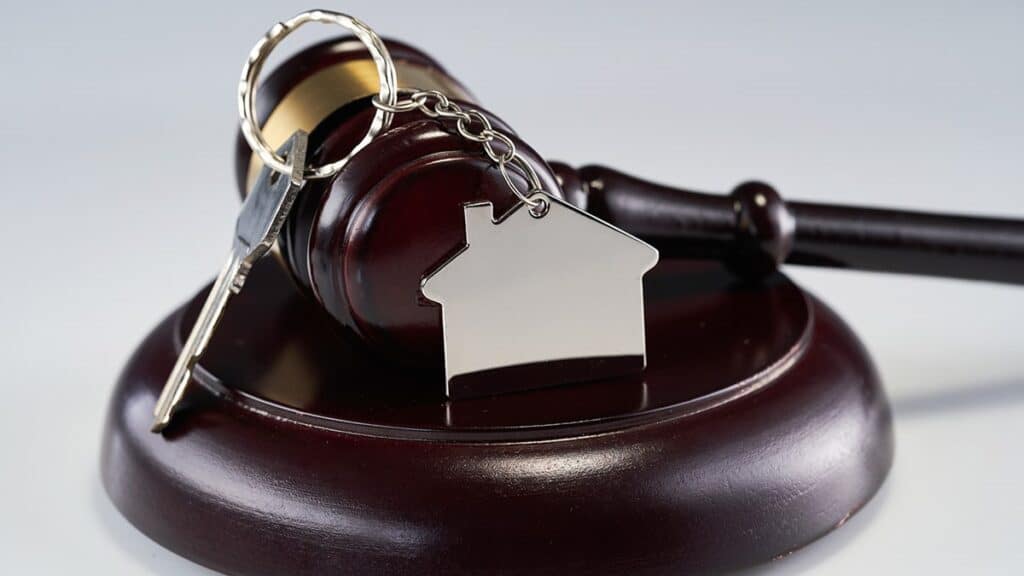Property and tainted property
Under the Confiscation Act 1997, the concept of property includes that which the Crown may seek to restrain and which may be forfeited to the state.
The term ‘property’ is defined broadly in s 3 of the Act and includes both tangible and intangible property as well as any interest in property. An interest in property can include both legal and equitable interests as well as a right, power, or privilege over or in connection with property.
What is an interest in property?
Under the Act, the Crown may seek to restrain property in which an accused has an interest. S 10 of the act defines what an ‘interest’ in property can be and provides that a person can have an interest in property (meaning the property is able to be restrained for the purpose of a forfeiture application) if it:
- is subject to an accused’s effective control; or
- was gifted away within the last 6 years for some offences and at any time for more serious offences (under Schedule 2).
S 9 of the Act defines the term “effective control of property” and the possibility to have indirect control of property via trusts and companies making it possible for these types of applications to be possible where offenders would otherwise believe that their assets are protected.
Australia has also enacted mutual cooperation legislation for the sole purpose of facilitating forfeiture of overseas-held property (see the Commonwealth Mutual Assistance in Criminal Matters Act 1987).
What is tainted property?
Definition of tainted property in s 3 of the Confiscation Act 1997:
(a) In the case of civil forfeiture, a civil forfeiture restraining order, a civil forfeiture order or a civil forfeiture exclusion order, tainted property is property that—
- was used, or was intended to be used in, or in connection with, the commission of one or more Schedule 2 offences; or
- was derived or realised, or substantially derived or realised, directly or indirectly, from property referred to in subparagraph (i); or
- was derived or realised, or substantially derived or realised, directly or indirectly, from the commission of one or more Schedule 2 offences; or
- is, or has been, subject to a mortgage, lien, charge, security or other encumbrance wholly or partly discharged using property referred to in subparagraph (i), (ii) or (iii); or
- is likely to be used, or intended to be used in, or in connection with, the future commission of one or more Schedule 2 offences.
(b) In any other case, property that, in relation to an offence—
- was used, or was intended by the accused to be used in, or in connection with, the commission of the offence; or
- was derived or realised, or substantially derived or realised, directly or indirectly, from property referred to in subparagraph (i); or
- was derived or realised, or substantially derived or realised, directly or indirectly, by any person from the commission of the offence; or
- is, or has been, subject to a mortgage, lien, charge, security or other encumbrance wholly or partly discharged using property referred to in subparagraph (i), (ii) or (iii); or
(c) In a case specified in either section above, property that—
- in the case of an offence against s 194 (dealing with the proceeds of crime) under the Crimes Act 1958 , is proceeds of crime within the meaning of s 193 of that Act; or
- in the case of an offence against s 195 (dealing with property suspected of being proceeds of crime) of the Crimes Act 1958, is referred to in that section; or
- in the case of an offence against s 195A (dealing with property which subsequently becomes an instrument of crime) of the Crimes Act 1958 , becomes an instrument of crime within the meaning of s 193 of that Act.
Property connected to the commission of the offence
To determine whether property is tainted property the Crown must demonstrate a connection between the offending and the property in question. The Crown can do this in one of three ways, as demonstrated above. For example, in a situation where a crop house (i.e. a house where a crop of cannabis is being grown) has been found, there is a clearly a connection between the offence of growing cannabis and the property (being the house). This satisfies the section (a) above, and the house is therefore tainted property. In terms of the level of connection to the crime, there are varying degrees, and this is something that must be considered on a case by case basis.
Property derived or realised from property used in connection with the offence
The second way the Crown can establish that the property is tainted property is under subsection (b), being property derived or realised from property used in connection with the offence. The Crown must first establish a connection with the original property and then prove that the property has been sold or swapped for the new property. In this circumstance the new property has been derived from the old property that was used in connection with the offence and is subsequently also considered to be tainted property.
Property derived or realised by any person from the commission of the offence
Finally there is subsection (c) of the definition of tainted property where the Crown seeks to establish that an offender has substantially derived or realised the asset as a result of committing an offence. A common example is drug trafficking. The judicial meaning of ‘substantially derived or realised’ is a matter of assessment that must be done on a case by case basis after consultation with an experienced asset confiscation lawyer.


